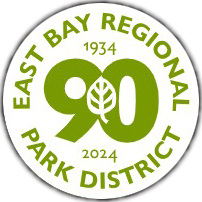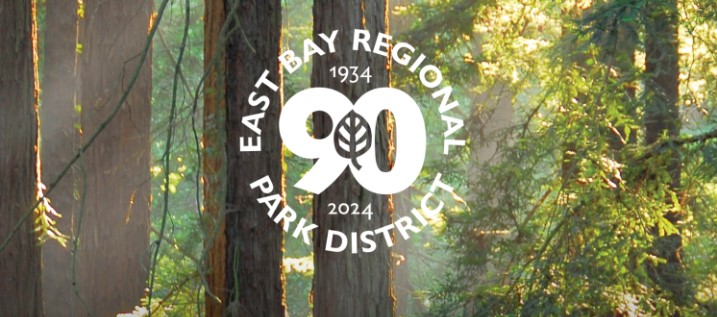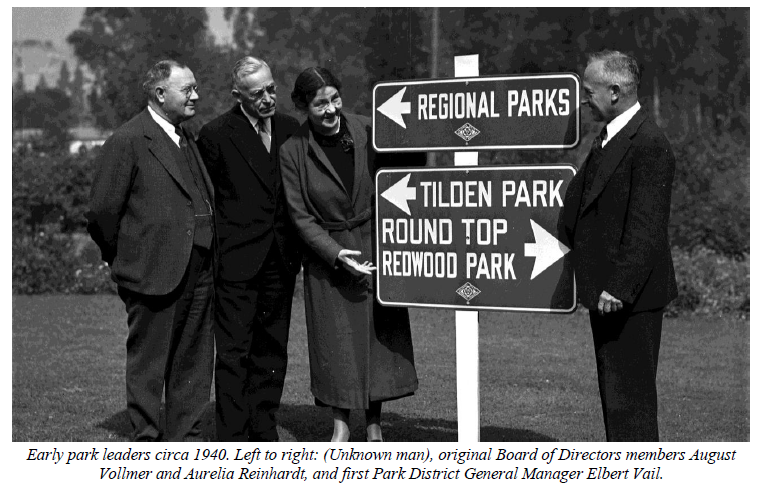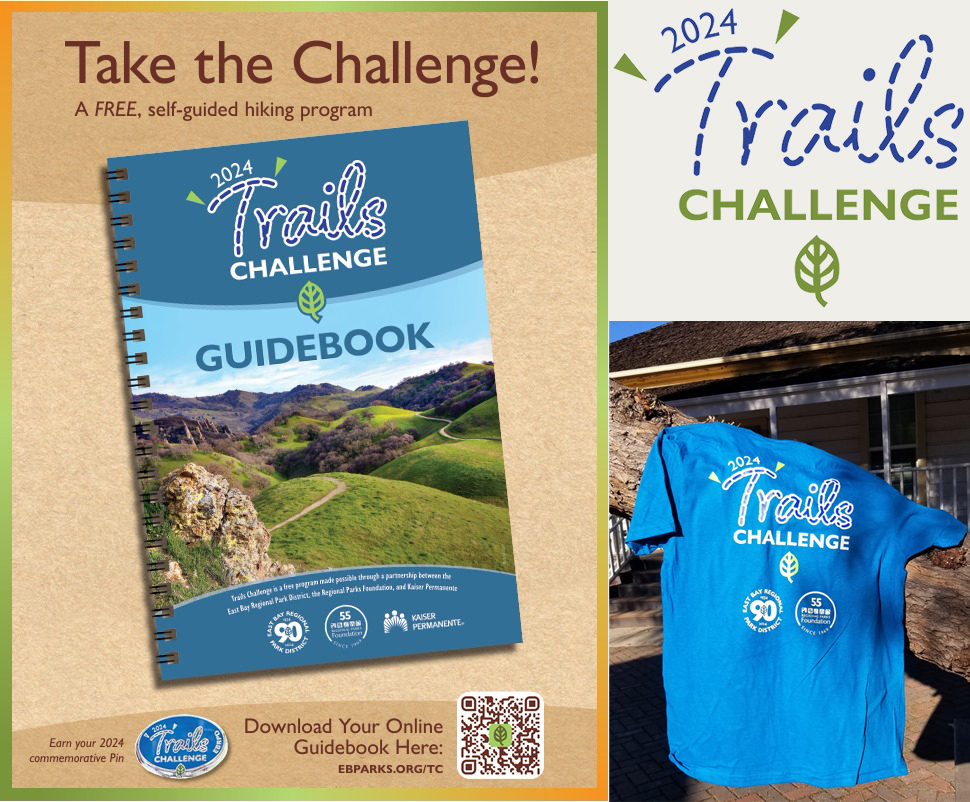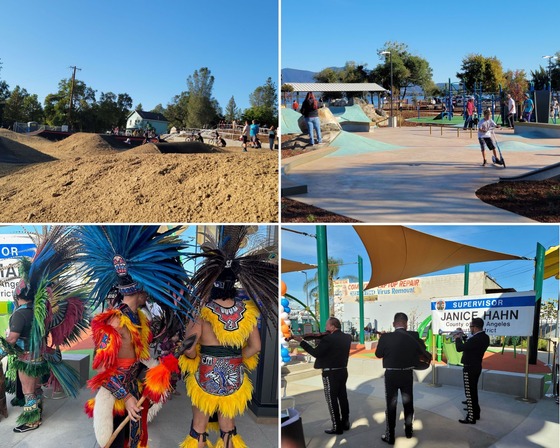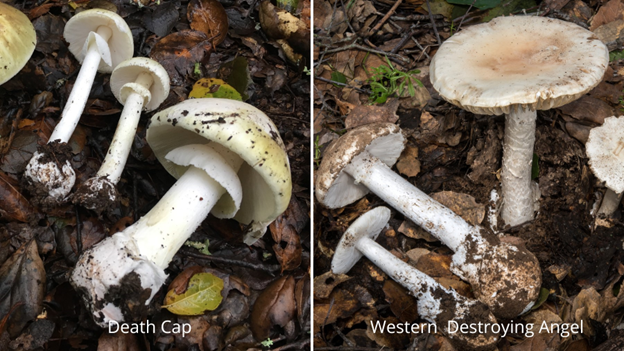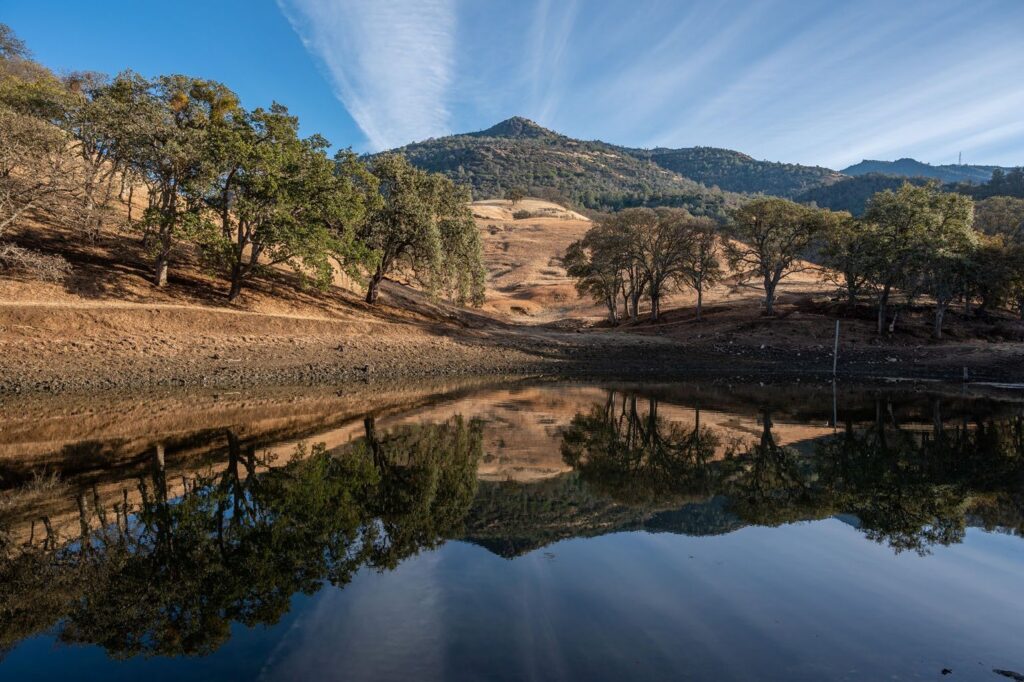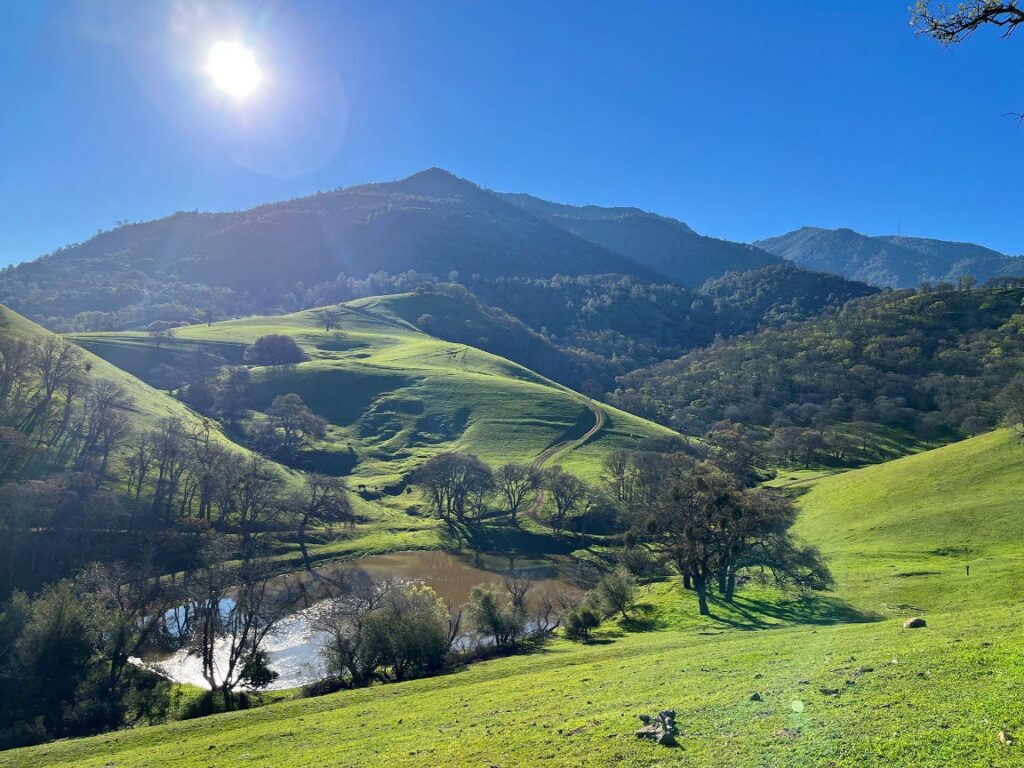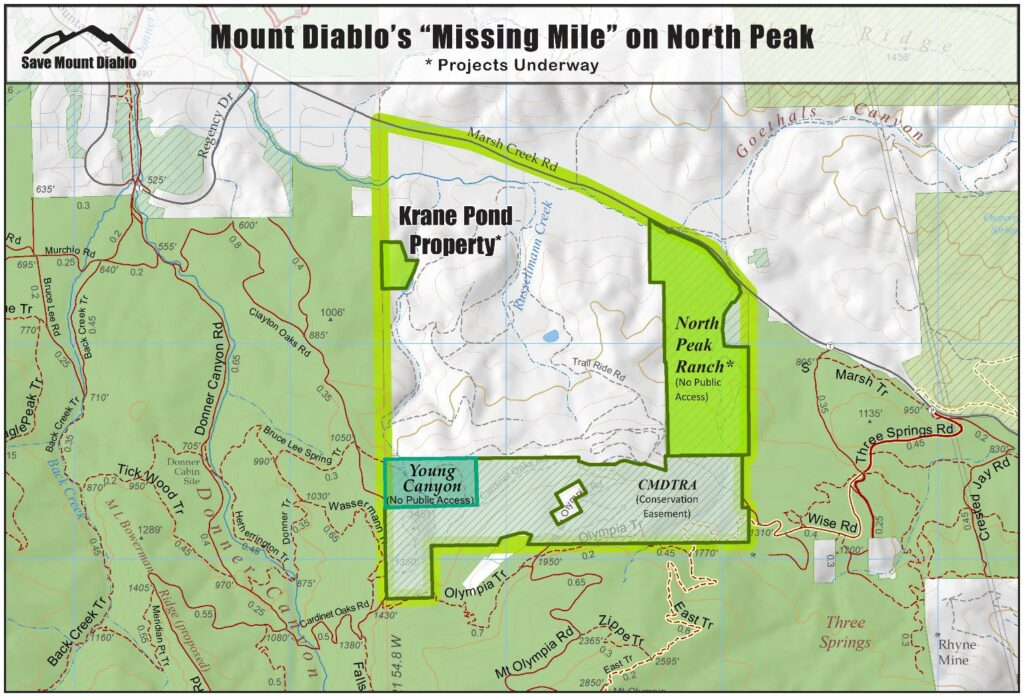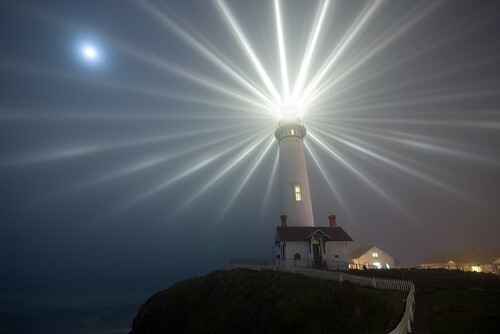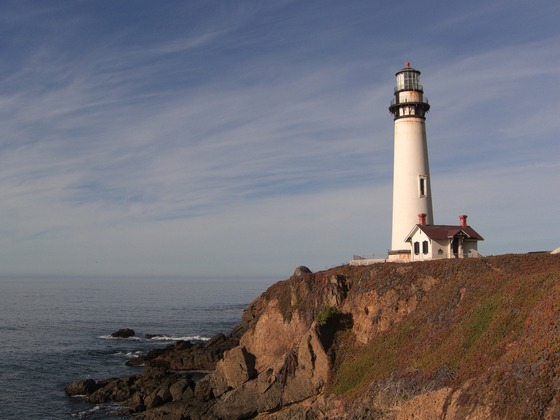Park Happenings for January
Friday, January 19th, 2024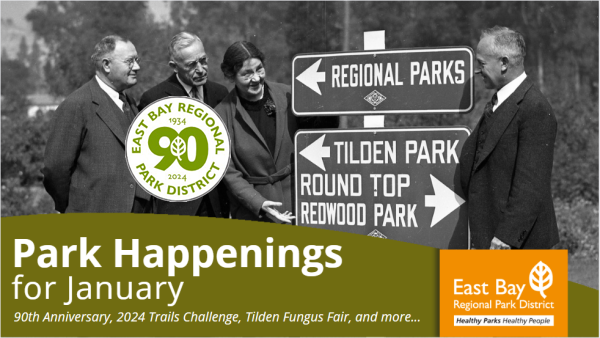
News from the East Bay Regional Park District
Weekend Mining History and Hazel-Atlas Mine Tours at Black Diamond Mines in Antioch
By Dave Mason, Public Information Supervisor, East Bay Regional Park District
Welcome to the East Bay Regional Park District’s 90th Anniversary year. Established in 1934, the Park District has grown to be the largest regional park district of its kind in the nation, with 73 regional parks available for hiking, biking, swimming, horseback riding, boating, fishing, picnicking, camping, and nature discovery. Wherever you live in the East Bay, there is a beautiful regional park close to you.
We will be hosting numerous special events and programs throughout the year to commemorate our anniversary, including a community birthday celebration on May 11 and monthly naturalist-led “Explore Your Parks” adventure programs. Join us for the next “Explore Your Parks” adventure program, Community Science Bio Blitz at Sunol Wilderness Regional Preserve in Sunol on Saturday, January 27, from 10:00 a.m. to noon. For more information about the Park District’s 90th Anniversary, including events and activities, visit www.ebparks.org/celebrating-90-years.
The East Bay Regional Park District’s 2024 Trails Challenge program is underway, offering 20 new trails for the new year. In its 31st year, the annual Trails Challenge program encourages the public to explore and enjoy their Regional Parks. The free guide provides 20 designated trails for all levels, ranging from easy and moderate to challenging and is open to hikers, bicyclists, dogs, and equestrians. The 2024 Trails Challenge program also offers increased accessibility with trails that have been evaluated and identified as usable by persons with mobility limitations. The trail guide is available online at www.ebparks.org/TrailsChallenge
To complete the challenge, hike five of the 20 trails, or 26.2 miles (the distance of a marathon) of trails within the East Bay Regional Park District. The Trails Challenge program is made possible with help from the Regional Parks Foundation and Kaiser Permanente. To get started, visit www.ebparks.org/TrailsChallenge.
Celebrate the fruits of winter at the Tilden Fungus Fair! View hundreds of local mushroom specimens, mingle with the mycological community, and enjoy presentations by guest speakers at this two-day special event, Saturday, January 20, and Sunday, January 21, from 10:00 a.m. to 4:30 p.m. at Tilden Nature Area. For more information, visit www.ebparks.org/events/tilden-fungus-fair.
Black Diamond Mines has begun offering weekend Mining History Tours and Hazel-Atlas Mine Tours again, in addition to their Coal Mine Experience tours. From the mid-1920s to the mid-1940s, the Hazel-Atlas Mine produced silica sand to make jars, bottles, and other glass items. Tour participants can now take a walk into the mine to see mine workings, ore chutes, the shifter’s office, and ancient geological features. For safety reasons, you may tour the mine only as part of a guided tour, and all participants must be at least seven years old. For more information, visit www.ebparks.org/calendar and search “Mine Tours.”
Water’s Amazing Journey at Coyote Hills! Water surrounds Coyote Hills, but where does it come from, and where does it go? In winter, we expect rain to fall from the clouds (precipitation) and land on mountains, lakes, and rivers. Some of this water is soaked up by plants and seeps into the ground, replenishing groundwater. Explore the Coyote Hills watershed, discover where your water comes from, and learn how we are connected and responsible for our watersheds at the Water, Water, Everywhere program on Saturday, January 27, from 10:30 a.m. to noon at Coyote Hills Visitor Center. For more information, visit www.ebparks.org/calendar and search “Water, Water, Everywhere.”
The East Bay Regional Park District is the largest regional park system in the nation, comprising 73 parks, 55 miles of shoreline, and over 1,330 miles of trails for hiking, biking, horseback riding, and environmental education. The Park District receives an estimated 30 million visits annually throughout Alameda and Contra Costa counties in the San Francisco Bay Area












